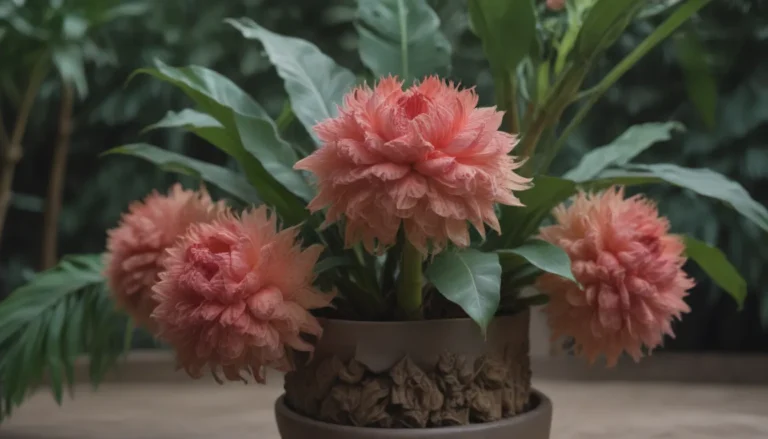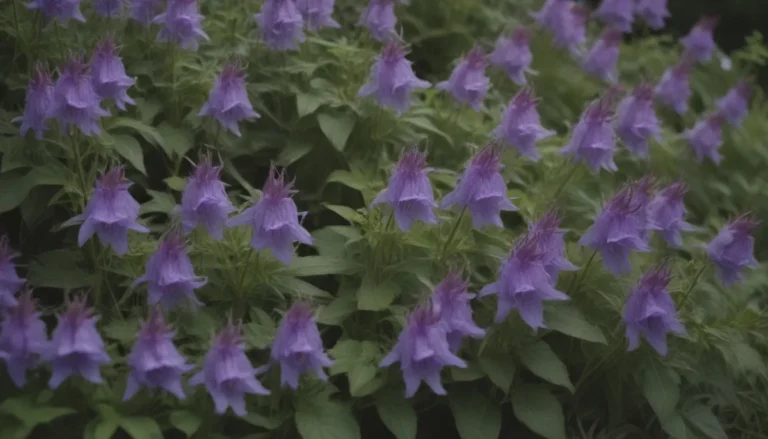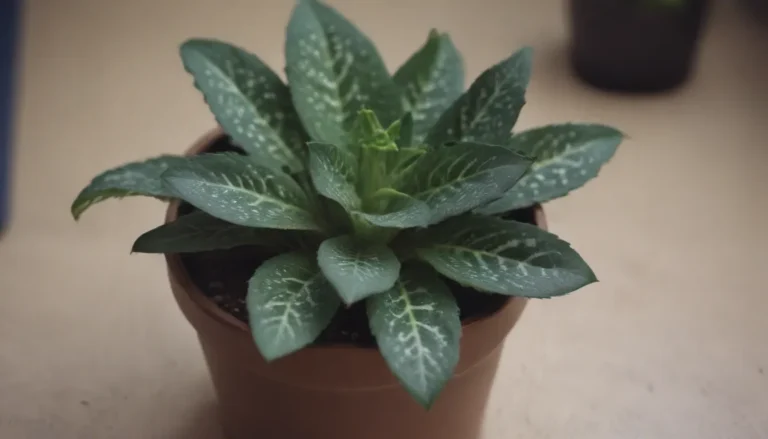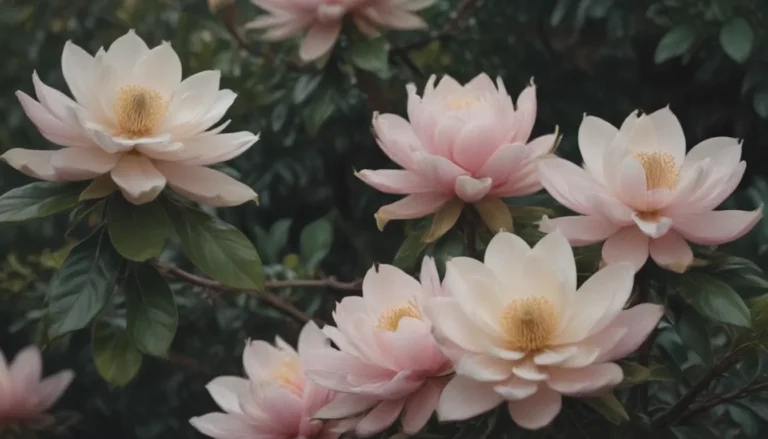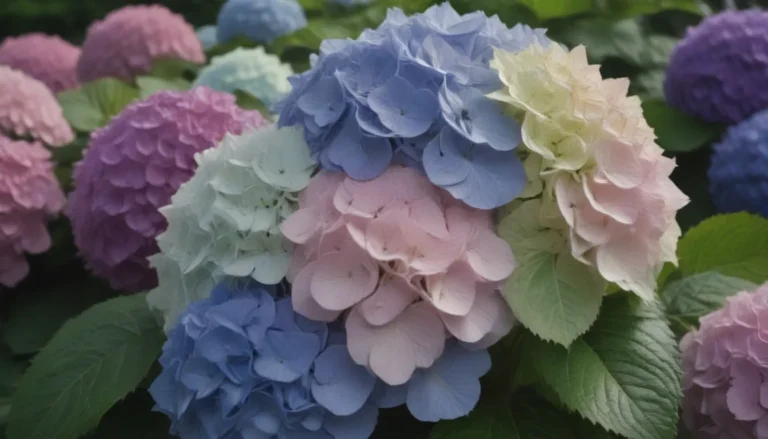Growing and Caring for Nippon Daisies: A Comprehensive Guide
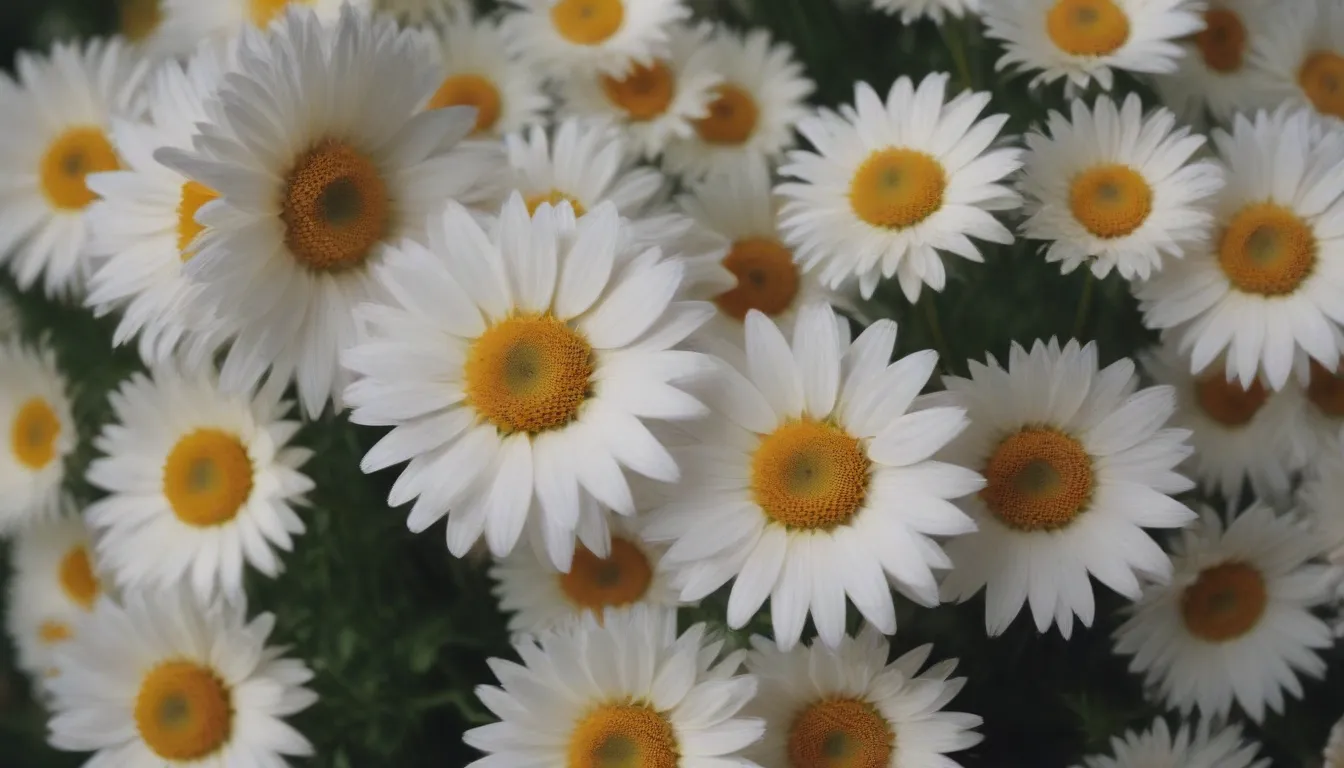
Are you looking to add a touch of elegance to your garden with beautiful, white Nippon daisies? These perennial flowers, also known as Montauk daisies, are a stunning addition to any landscape. Native to Japan, Nippon daisies are grown as perennials in mild-to-warm regions of the United States, particularly in USDA zones 5-9. In this in-depth guide, we’ll explore everything you need to know about growing and caring for Nippon daisies to ensure they thrive in your garden.
Nippon Daisy Care: Essential Tips for Success
Growing Nippon daisies is a rewarding experience, as these hardy plants require minimal care. Here are some key considerations to keep in mind when cultivating these beautiful flowers:
Light
- Nippon daisies thrive in full sun but can tolerate some afternoon shade in hot climates.
Soil
- These flowers prefer average, dry, slightly acidic soil with good drainage. Avoid soggy soil, as it can be detrimental to the plant.
Water
- Nippon daisies are drought-tolerant and require minimal watering. Only water during extended periods of drought when the plant shows signs of wilting.
Temperature and Humidity
- These flowers thrive in warm conditions but can tolerate a wide range of humidity levels. Extreme temperature fluctuations can harm the plant, so ensure they are grown in suitable conditions.
Fertilizer
- While Nippon daisies generally do not require fertilizer, you can use a balanced 10-10-10 fertilizer in poor soil in early spring.
Pruning Tips for Nippon Daisies
Pruning Nippon daisies is straightforward and helps maintain the plant’s health and appearance. Here are some essential pruning tips for these lovely flowers:
- Trim back new growth in the spring for a bushy, upright growth habit.
- Avoid pruning once flower buds have appeared, as this can hinder blooming.
- Remove spent flowers throughout the summer to encourage continuous blooming.
Propagating Nippon Daisies: Easy Steps for Success
If you want to propagate your Nippon daisies and expand your garden, follow these simple steps for success:
- Lift and divide the root clumps in the spring every two to three years to maintain plant vigor.
- Divide the clump into smaller sections for easy propagation.
- Propagating Nippon daisies is a great way to create more plants for your garden or share with friends and family.
Potting and Repotting Nippon Daisies in Containers
If you prefer growing Nippon daisies in containers, follow these guidelines for potting and repotting to ensure the plants thrive:
- Use a large planter with good drainage holes and a sturdy material like terra cotta or glazed ceramic.
- Remember that potted plants dry out faster than in-ground plants and require more frequent watering.
- Repot your Nippon daisies when the roots fill the pot and start growing out of the drain holes.
Overwintering Nippon Daisies: Essential Tips for Cold Weather
As fall transitions to winter, it’s essential to provide proper care for your Nippon daisies to ensure their survival. Follow these tips for overwintering these plants:
- Nippon daisies are hardy to USDA zone 5 and do not require winter protection in the ground.
- For container plants, protect the roots from freezing by wrapping the container in burlap or using insulation materials.
Common Plant Diseases and How to Address Them
While Nippon daisies are relatively problem-free, occasional issues like fungal diseases may arise. Here’s how to identify and address common plant diseases in Nippon daisies:
- Watch for signs of fungal diseases, such as stem rot and leaf spot, which may result from overwatering or excessively wet conditions.
- Ensure good air circulation around the plants and avoid overcrowding to prevent fungal diseases.
- If fungal diseases occur, apply an all-purpose fungicide as needed to protect the plants.
How to Encourage Blooming in Nippon Daisies
Nippon daisies are prized for their beautiful white flowers, but ensuring they bloom abundantly requires proper care. Here’s how to encourage blooming in these lovely flowers:
- Provide adequate sunlight for the plants to bloom, as they require full sun for optimal flower production.
- Avoid overfeeding with nitrogen, as this can lead to excessive foliage growth at the expense of flowers.
- Deadhead faded flowers to promote continuous blooming and maintain a tidy appearance.
Common Problems and Solutions for Nippon Daisies
While Nippon daisies are relatively low-maintenance, some common issues may arise. Here’s how to address common problems when growing these beautiful flowers:
- Plant leaves falling off towards the end of the summer is a natural process as the plant prepares for winter dormancy. Avoid fertilizing the plant during this time to prevent new growth vulnerabilities.
- Differentiating between Nippon daisies and Shasta daisies is essential, as they bloom at different times of the year. Nippon daisies bloom in late summer and early fall, while Shasta daisies bloom in the spring and summer.
In conclusion, Nippon daisies are delightful additions to any garden, offering beauty and elegance with minimal care requirements. By following the tips and guidelines outlined in this comprehensive guide, you can successfully grow and care for Nippon daisies in your own garden. Enjoy the beauty of these stunning flowers and watch them flourish throughout the growing season. Happy gardening!
